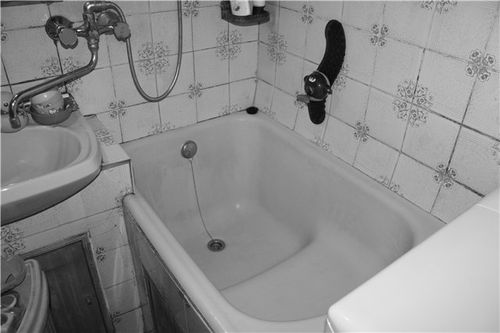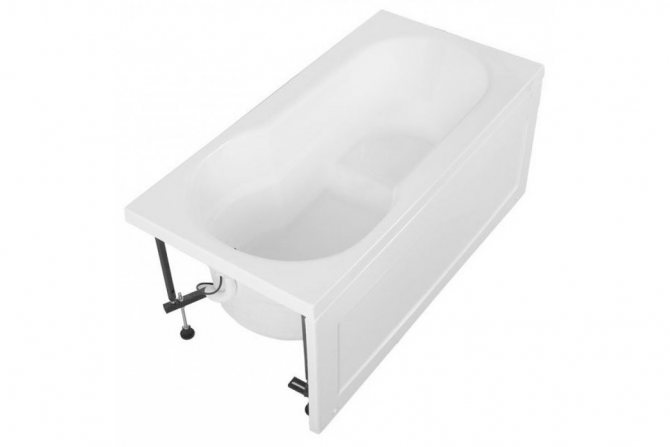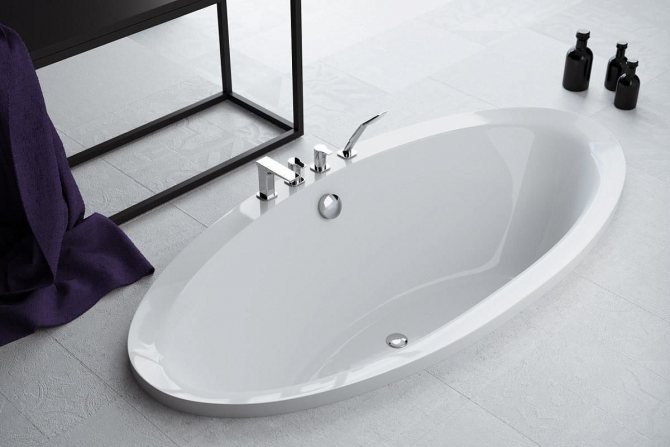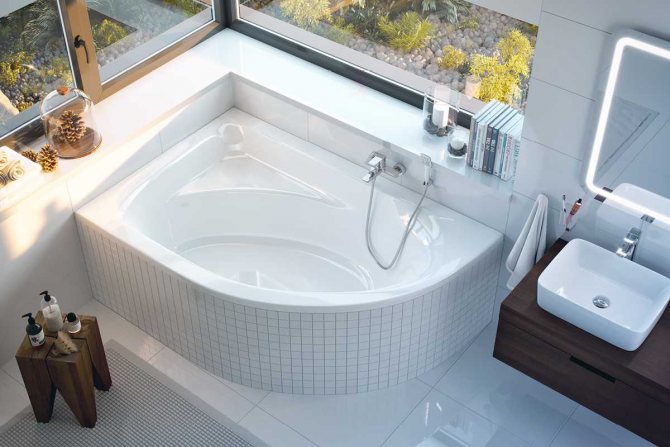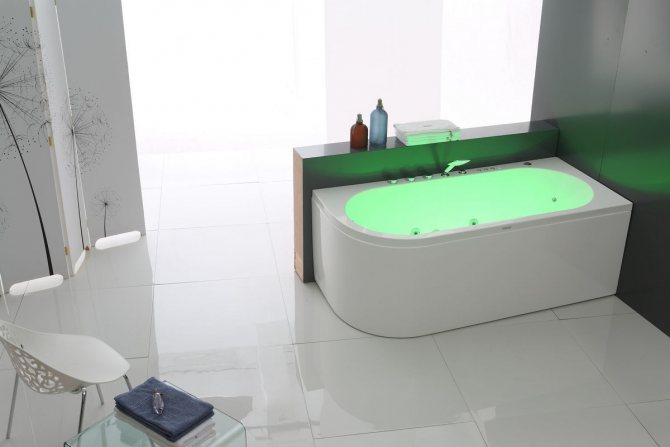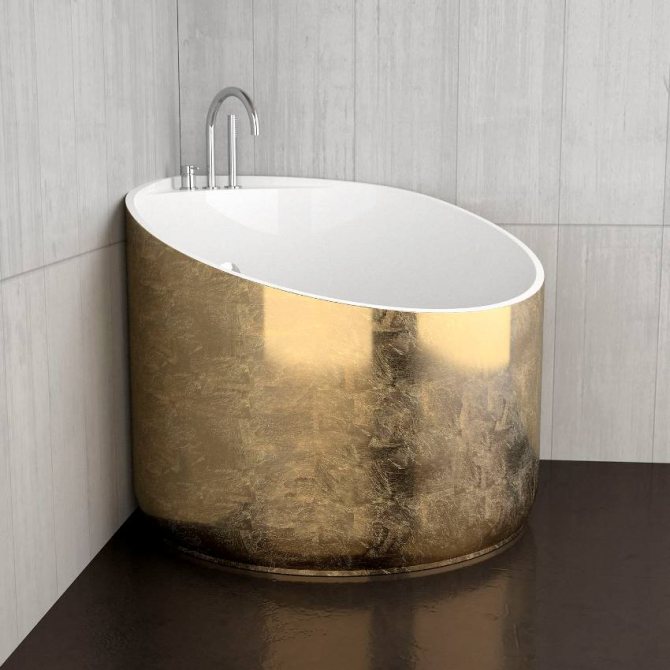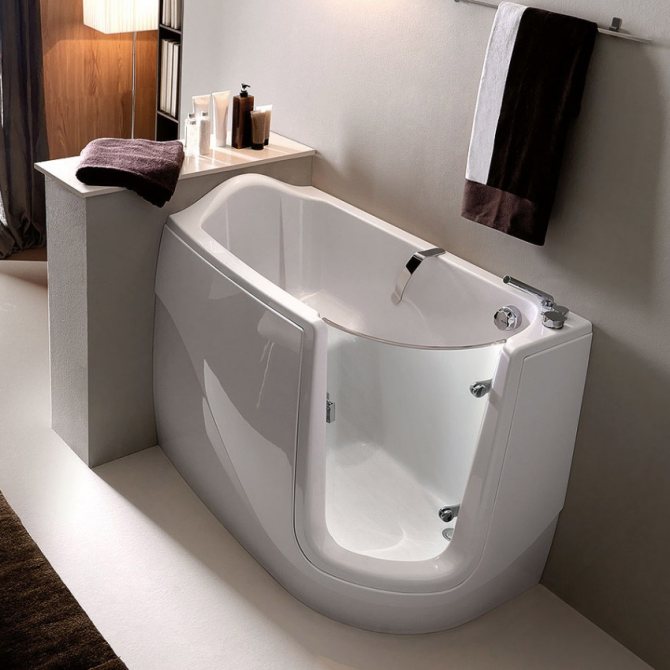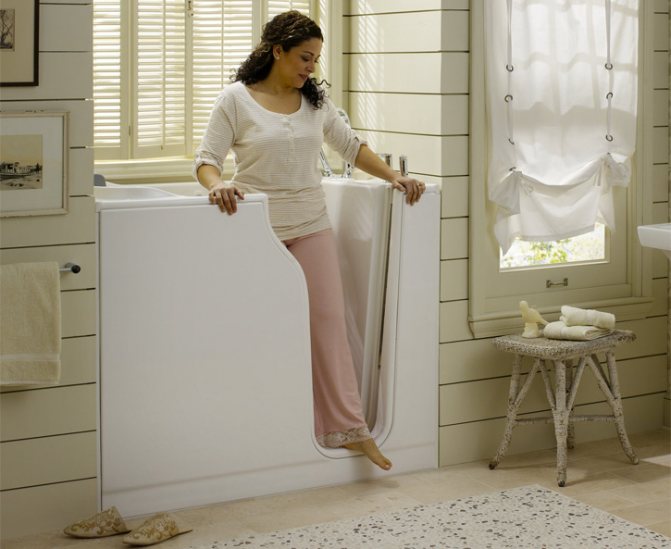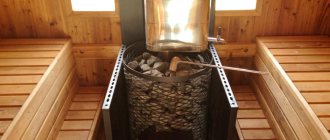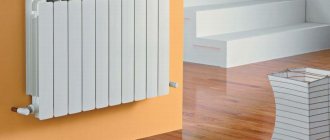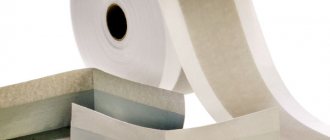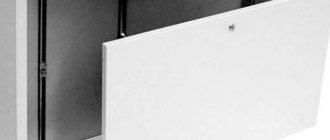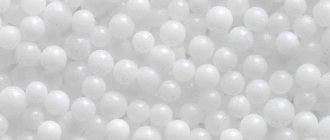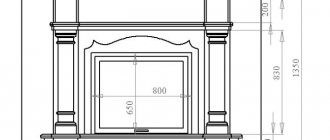The popularity of the sit-down baths of small sizes is due to a number of reasons. Home - additional free space. This is especially interesting for owners of small apartments. A large tank takes up a lot of space. Whereas the compact size and the hip bath allow you to integrate additional household appliances.
The first sit-down washes were produced for hospitals, sanatoriums, and boarding houses. It is much more difficult for seriously ill patients, disabled people to perform hygiene procedures in a large sink. SPA and medical complexes with immersion of individual parts of the body in water with mineral, mud, herbal supplements are still widespread.
Advantages and disadvantages
The main advantage is the freeing up of the bathroom area.
A miniature bathtub with a seat is a great option for families with the elderly and small children. The safety of taking procedures in such a font is much higher than in a traditional container.
A seated font is needed for regular treatment sessions.
Efficiency - water consumption is 2 - 3 times lower.
Dimensions are the advantage and disadvantage of plumbing. The impossibility of adopting a full-fledged procedure scares off consumers. However, this is the only negative.
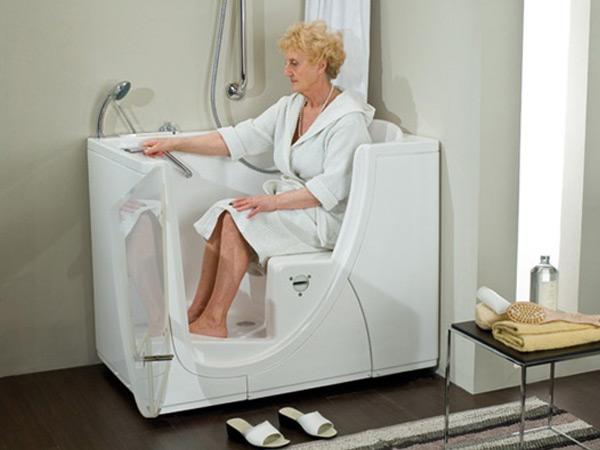
We measure households
Since the main purpose of the bath is the acceptance of water procedures by a person in a lying position, then when choosing its size, one should be guided by the growth of all people living in this house or apartment.
If the height of one or more people in the family exceeds 170 cm, then the bathtub is needed no less. Otherwise, you run the risk of taking a bath in a tucked-in position.
Caution: in order to fully wash in a bathroom whose length does not exceed 120 cm, you should choose its height of at least 60 cm.Otherwise, you should forget about completely immersing your body in water.
As for the weight of a person, this parameter is not critical when choosing a bath. The main thing is a comfortable location, so you need to focus on the length of the bath.
Tip: The weight of your loved ones only affects the volume of water in the bathroom. Most of the models are 70 cm wide, which allows even overweight people to feel comfortable in the bath.
The form
The parameter plays a leading role in terms of ergonomics. Mass production offers three types of seating bathtubs:
- rectangular,
- square,
- non-standard - round, oval, angular.
In a small area, rectangular and square seating devices are best built. The situation is more complicated with round and oval bowls. However, it all depends on the size of the device. The layout of the premises will help to competently dispose of the free space.
Bath types
Let's figure out what the sizes of the baths are. They directly depend on the shape of the plumbing:
- rectangular;
- oval;
- round;
- barrel-shaped;
- corner.
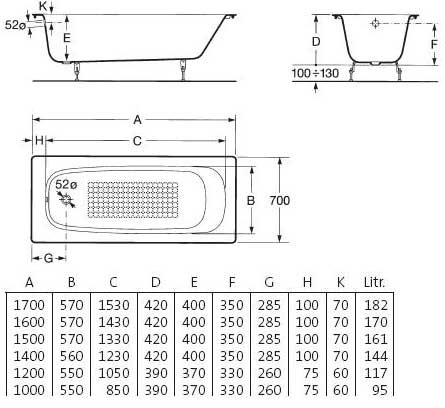

The most common types and sizes of baths are of two types:
- rectangular;
- corner.
The first is considered classic and is traditionally built into the bathroom, touching with its sides immediately three walls.
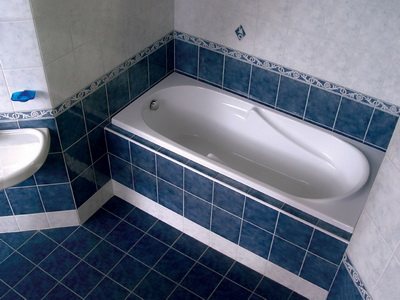

The corner allows you to place a larger font in the room, although in size it corresponds to the length of the walls. But it takes up a large area and forces the owners to modify the way they connect plumbing.
Rectangular bathtub
If you are going to replace an old rectangular bathtub with a modern analogue, regardless of the material from which it will be made, you should be guided by its previous dimensions.
We are talking about external dimensions, since:
- Modern bathtubs have a larger font due to improved technology;
- Such a bath is much easier and cheaper to replace the previous one;
- The connection will not require a radical alteration of the water supply and sewerage system;
- The bath will stand in the place you are used to.


Oval bath
This type of bath is quite unusual for our apartments. But more and more often, such products are purchased and installed by citizens for the most part to create a bright and memorable interior.


Additional functions
Manufacturers offer additional features. The richest set, of course, is in the whirlpool baths.
Hydromassage - bottom and / or side.
Aromatherapy - saturating the air space of the room with the smells of medicinal herbs.
Acupuncture massage - exposure to water jets through the side nozzles of the bath.
Thermoblock - makes it possible to program and maintain the desired temperature of the water flow.
Anti-slip coating - a special anti-slip layer.
The door is a useful item for families with small children. Bathtubs with a door are also suitable for people with disabilities.
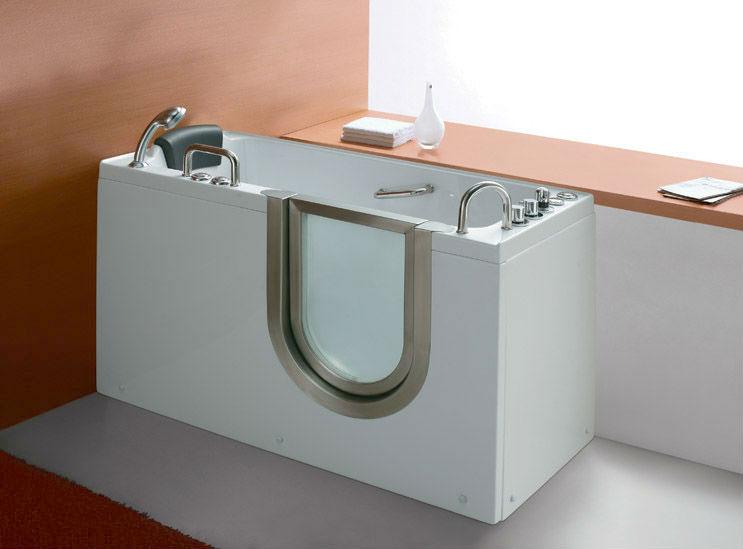

Additional features of sitz baths
In seated products that are installed in small bathrooms, additional features can be used, making the operation of such models even more comfortable.
In addition to the movable wall and door, such products can:
- mount an air massage installation;
- install a hydromassage system;
- use a modern player to listen to music;
- to provide special lamps for non-traditional forms of treatment by methods of light and phototherapy.
Even in the smallest bath, you can relax and have a good rest. In addition, such a product is well combined with a shower. And if use special inserts or protective curtains, a kind of room is formed, which allows you to protect the rest of the room from excess moisture.
Materials (edit)
Sitting baths are divided not only by the size and shape of the bowl, but also by the material of production. This allows you to choose the best option in terms of properties, and a bath of such a design that will perfectly match the interior of the room.
Tree
We have already talked about the Japanese, who in ancient times used wooden barrels as a bath. Today, barrels are no longer practically used, but wood, as a material, is still relevant.
The sitz baths are made from beech, cedar, oak or larch. These types of wood are distinguished by high strength, they do not lose their properties and appearance for many years. Also, the tree will not suffer from fungus and mold, which are dangerous to human health.
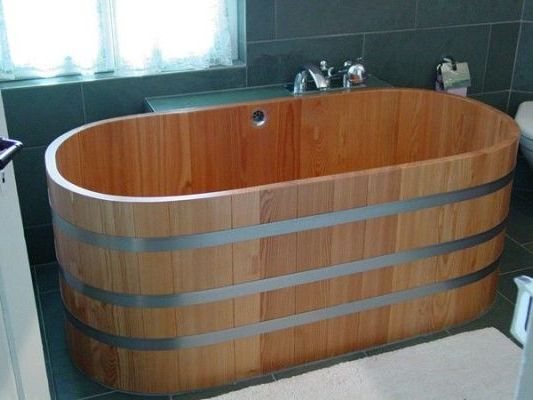

Many are skeptical about wood plumbing, because such a material does not tolerate contact with water. In fact, all wooden bathtubs are processed with special moisture-resistant materials, so there is no need to fear for the service life of the plumbing.
The main advantage of baths made of such material is their beautiful appearance. The tree will fit into any interior and will delight the owner of the house. True, there are also disadvantages, such a bath can be used exclusively for bathing, it is forbidden to wash in it.
Acrylic
Today, acrylic is the most popular material in the production of sanitary ware. You can pour any shape out of it and give the bath any color. The appearance of such a bath is very beautiful and retains its appearance for many years. There are even bathtub models that mimic the look of onyx or marble.


If you properly equip the bathroom lighting and equip it with high-quality plumbing, an acrylic bathtub will look really luxurious. Such plumbing is produced by both Russian and foreign companies. The advantage of domestic products is considered its adaptability to dubious water quality and more affordable cost. Russian baths are prepared for harsh operating conditions, so many experts call them more reliable.
Steel
Steel bowls weigh much less than their cast iron counterparts. But buyers consider the main advantage of steel sitting bathtubs not the lightness of the structure, but the low price. Steel structures have their drawbacks, which you should know about before buying a bath:
- Steel baths have a fairly high thermal conductivity. This means that the material very quickly gives up all the heat to the environment. If you like to take a bath for hours, then steel options are not for you, the water will quickly cool down. For medical procedures, the rapid cooling of water will also be a problem;
- When using a steel bath, special attention must be paid to the integrity of the structure. The layer of the outer coating is thin enough, and when cracks begin to form rust, after which the bath quickly fails.


In modern models, manufacturers are trying to fix this problem. A plastic case is installed on steel and a special filler with low thermal conductivity is also added to the structure.
Cast iron
The massiveness of cast-iron structures is known to everyone, they really weigh a lot. But if we talk about a sitz bath, the mass of plumbing is the only drawback that is felt only during transportation and installation.
But the advantages of this material are much more:
- Cast iron heats up for a long time, but after that it can retain heat even longer;
- The material is very durable and reliable. Yes, there is no need to talk about it, for sure you or your friends still have a Soviet cast-iron bathtub;
- Mechanical damage is also not terrible.
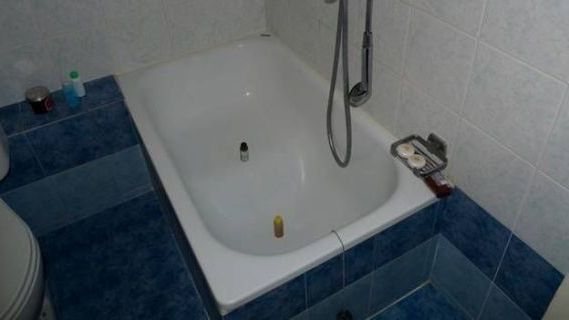

If we talk specifically about damage, then the bowl itself does not suffer, only the enamel coating can deteriorate. But this problem can be solved very simply, you can purchase a special acrylic insert or use the bath restoration service.
Baths 100x70 in the interior: possible installation methods
Among the classic models, the smallest bathtubs are 100x70 cm.Despite their modest size, it is much more difficult to choose a comfortable position for such plumbing than for a full-sized product. The product must not only be placed, but also provided with a supply of communications, a convenient approach, and harmoniously fit into the interior.
Such baths can take a wall position, corner, solo. A built-in option is most often placed along the walls. If the bathtub is standard, white, you should not focus on it, it is better to arrange the piping in the same style as the wall. In case of colored interior coating, special attention should be paid to the surrounding elements. Such a bathtub, even a tiny one, should become a decoration of the room. Wall cladding, flooring, details should emphasize the originality of the sanitary ware design.


Finding a comfortable sitting position is much more difficult than choosing a full-size product.
A rather complicated way of placing small baths is solo. The problem most often lies in ensuring sustainability. In this position, you cannot use an additional frame, strapping, it is necessary to install it on the legs or other decorative supports that perform their functions. It is almost impossible to find a classic-shaped sit-down cast-iron bathtub 100x70. If you want to purchase a product of exactly this quality, it would be reasonable to choose a round design.
Important! The most stable models of bathtubs for solo installation are precisely the round versions. Products of this shape can be additionally strengthened without loss of aesthetics.
Dimensions (edit)
Hip baths are classified according to various parameters - shape and size, material and functionality.
Standard sizes of sitz baths:
- small (usually 100x70 cm);
- standard size bathtubs (120x70 and 150x70 cm);
- the most comfortable (120x110 cm).
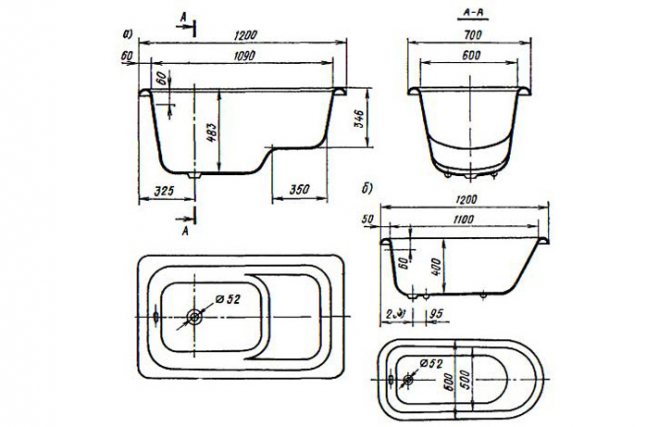

What are they made of?
The material of manufacture is very diverse:
- Acrylic. Durable and elastic material. You can easily give any shape, even the most exotic. A product made of such material does not require special care. Has all the positive characteristics of cast iron and steel.
- Cast iron. Durable material, but heavy. It retains heat perfectly, does not corrode.
- Steel. Low weight, during installation requires the installation of noise-insulating materials.
